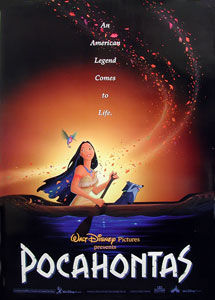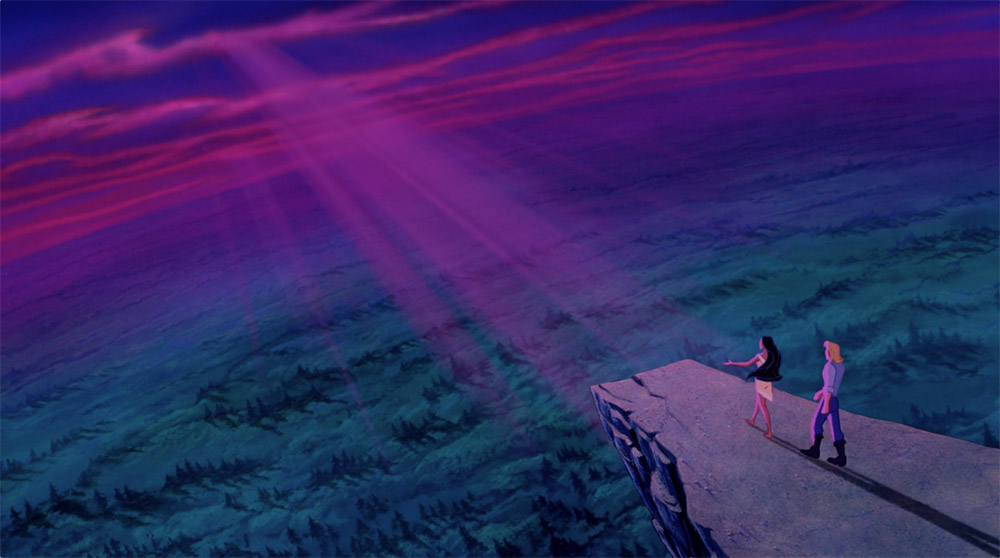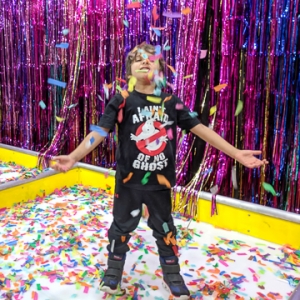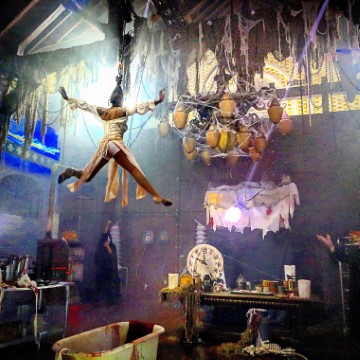Note: This is the seventh entry in a series of posts looking at the Kid Friendliness, Entertainment Value, and Life Lessons for Kids from the Disney Princess movies. Previous posts covered “Snow White and the Seven Dwarfs”, “Cinderella”, “Sleeping Beauty”, “The Little Mermaid”, “Beauty and the Beast”, and “Aladdin”.
 Walt Disney Pictures has a long history of toning down the fairy tales it adapts into kid friendly versions. Two of the most drastic changes occurred with the endings of “The Little Mermaid” and “The Hunchback of Notre Dame”, the latter being one of the darkest novels I have ever read, updated with happy strokes from Disney’s color palette. I understand the necessity of these changes. Ariel is encouraged to kill Prince Eric in order to save her own life in the original “The Little Mermaid” by Hans Christian Andersen, and I don’t think family audiences would have been too thrilled with that turn of events. Disney’s core audience, children, aren’t ready for many of the life lessons literature has to offer.
Walt Disney Pictures has a long history of toning down the fairy tales it adapts into kid friendly versions. Two of the most drastic changes occurred with the endings of “The Little Mermaid” and “The Hunchback of Notre Dame”, the latter being one of the darkest novels I have ever read, updated with happy strokes from Disney’s color palette. I understand the necessity of these changes. Ariel is encouraged to kill Prince Eric in order to save her own life in the original “The Little Mermaid” by Hans Christian Andersen, and I don’t think family audiences would have been too thrilled with that turn of events. Disney’s core audience, children, aren’t ready for many of the life lessons literature has to offer.
In adapting the story of “Pocahontas”, Disney shifted from fairy tale to legend in creating its first princess based on a real individual, and the version of the story presented in the film was criticized for being historically inaccurate. In the film, Pocahontas serves as an ambassador to her people, and in the end, saves two sides from war, but the real story of “Pocahontas” is about the daughter of a paramount chief who is captured by the English and held for ransom. In a possible early example of Stockholm Syndrome, Pocahontas would choose to stay with the English, convert to Christianity and marry an Englishman named John Rolfe (and not John Smith, whom legend has she saved from execution). She and Rolfe would move to England, where she became something of a celebrity as she was paraded around as a civilized example of a Native American. Within a few years of moving to England, she would die at the approximate age of 22.
To me, it is surprising that “Pocahontas” was even considered for the Disney treatment. The historical mistreatment of Native Americans, rife with massacres and land misappropriation, deserves more serious reflection in Hollywood, but at least the film presents the Natives and their culture in a positive manner. When I started watching “Pocahontas” with the Little Monkey, I was concerned with the way the relationship between the English settlers and the Native Americans would be reflected. The film does highlight the respectful ways that the Natives treat their environment and taps into their mystical perspective of nature, and I appreciated the way the conflict between the two warring parties was ultimately resolved, as it reflected the temporary peace that the real Pocahontas is believed to have influenced.
Entertainment Value
Pocahontas’s adventures make for occasionally good entertainment. Her bravery in saving John Smith from being executed by her tribe makes her a noble heroine who is easy to root for. Several scenes between Pocahontas and Grandmother Willow, a talking tree, produce some charming banter as well as important insights. Pocahontas’ two animal sidekicks, a racoon and an hummingbird, don’t have speaking parts and use pantomime in an aim at generating the film’s comedic elements, but they seem out of place in the more serious story line. With the exception of Pocahontas, John Smith, and Thomas, voiced by a then young Christian Bale, none of the characters in this film are very memorable.

The film does feature a terrific feature song in “Colors of the Wind”, a beautiful ballad that was written early in production and used to inspire the tone of the movie, which contains a number of striking visuals.
Kid Friendliness
The battle scene, in which both sides prepare for war, is frightening. The first time The Little Monkey and I watched the film, she was a little perturbed. To this day she says the fighting makes her angry and so she wanders off and returns after the scene. The battle is avoided, however, when Pocahontas throws herself on top of John Smith to protect him. That the two sides are able to reconcile their differences eases the tense scene.
A character is also shot and killed. While no blood is shown, this is the first instance of a character being shot in a Disney Princess movie.
Some of the hateful views expressed by the English, who repeatedly disparage the Natives, and talk of killing them also adds an element to the film that could confuse or scare kids.
Life Lessons for Kids
 “Pocahontas” presents an opportunity to talk to kids about cultural differences. The two sides are very different in both dress and action, with the Natives wearing traditional attire and focused on hunting and farming, showing great respect for the earth and its creatures. They consider the land to have mystical powers and this viewpoint allows them to treat the planet as a living entity. This attitude is being instilled in today’s youth and the Native American views set a fine example.
“Pocahontas” presents an opportunity to talk to kids about cultural differences. The two sides are very different in both dress and action, with the Natives wearing traditional attire and focused on hunting and farming, showing great respect for the earth and its creatures. They consider the land to have mystical powers and this viewpoint allows them to treat the planet as a living entity. This attitude is being instilled in today’s youth and the Native American views set a fine example.
Conversely, the English are builders. When they arrive, we see them constructing fortresses and planning to search for gold, examples of early industrialization and commerce in the New World. The two sides present a contrast between urban and rural styles of living, a lifestyle many must choose between as they grow older.
The clash of cultures in the film creates distrust when both sides would be better living harmoniously. Most of the characters are curious about the other civilization they encounter, and the film’s most brave individuals, Pocahontas and John Smith, work hard to teach their people about their counterparts.
“Pocahontas” was released one year after “The Lion King”. Interestingly, studio chairman Jeffrey Katzenberg expected “Pocahontas” to be the more successful of the two and was hoping to replicate Beauty and the Beast’s Best Picture nomination with the film. “The Lion King” became a smash and would prove to be an impossible act to follow, but despite falling short of that film’s lofty numbers, “Pocahontas” was a hit at the box office, becoming the 4th highest grossing film of 1995. The fact that “Toy Story” was released later that year sandwiched “Pocahontas” between two of the most successful animated films of all time. The reviews for the film were mixed and many criticized its historical inaccuracies. Had the Disney Princess brand not become the focus of Disney merchandising, I suspect the film would have been largely forgotten, and even with the inclusion of Pocahontas in the group, she definitely takes a back seat. Next week, on to “Mulan”, a pleasant surprise amongst the Disney Princess series.






